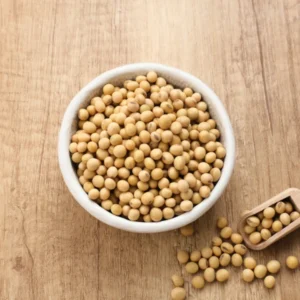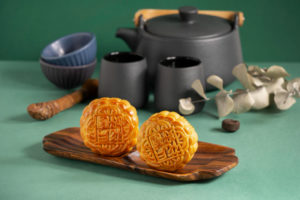Halawet El Jibn is a popular Lebanese dessert that has been enjoyed for generations. This sweet treat is made from a combination of creamy cheese and semolina dough, resulting in a delicate and rich texture that melts in your mouth. In this article, we’ll delve into the history of Halawet El Jibn, explore its ingredients and preparation, and provide tips on how to enjoy this delectable dessert.
The History of Halawet El Jibn
Halawet El Jibn has been a staple dessert in Lebanon for centuries. The name of the dessert translates to “sweetness of cheese” in Arabic, which accurately describes the taste and texture of this beloved dessert. The origins of Halawet El Jibn are unclear, but it is believed that it was first made in the city of Tripoli, which is located in the north of Lebanon.
Ingredients and Preparation
Halawet El Jibn is made from a combination of cheese, semolina dough, and sugar syrup. The cheese used in this dessert is typically a soft and mild cheese, such as ricotta or mozzarella, which is mixed with semolina dough and kneaded until it forms a smooth and pliable mixture. The dough is then rolled out into thin sheets and cut into small rectangles.
To make the sugar syrup, sugar and water are boiled together until the mixture thickens and forms a syrup. The syrup is then flavored with rose water or orange blossom water, which gives it a delicate and floral aroma.
The rectangles of cheese and semolina dough are then filled with a mixture of sweetened cream and clotted cream, and rolled up into small tubes. The tubes are then arranged on a platter and drizzled with the sugar syrup. Finally, the dessert is topped with crushed pistachios, which add a crunchy texture and nutty flavor to the sweet and creamy dessert.
Tips for Enjoying Halawet El Jibn
Halawet El Jibn is typically served chilled, making it a refreshing and light dessert that is perfect for warmer weather. To fully enjoy the flavor and texture of this dessert, it is best to eat it slowly and savor each bite. The combination of the sweet and creamy filling, the delicate and pliable dough, and the crunchy pistachio topping creates a perfect balance of flavors and textures that is truly irresistible.
If you want to make Halawet El Jibn at home, there are many recipes available online that provide detailed instructions on how to make this delicious dessert. It can be a bit time-consuming to prepare, but the end result is well worth the effort.
Conclusion
Halawet El Jibn is a delectable dessert that is beloved by many in Lebanon and beyond. Its combination of creamy cheese, delicate semolina dough, sweet syrup, and crunchy pistachio topping creates a perfect balance of flavors and textures that is truly unforgettable. Whether you try it in a Lebanese restaurant or make it at home, Halawet El Jibn is a dessert that is sure to delight your taste buds and leave you craving more.
FAQs
- What type of cheese is typically used in Halawet El Jibn?
- Soft and mild cheeses such as ricotta or mozzarella are typically used in this dessert.
- Is Halawet El Jibn difficult to make?
- It can be a bit time-consuming to prepare, but with the right recipe and instructions, it is possible to make this dessert at home.
- How should Halawet El Jibn be served?
- Halawet El Jibn is typically served as a dessert or sweet treat. It is best enjoyed at room temperature or slightly chilled from the refrigerator. The dessert can be served on its own, or alongside other Lebanese desserts such as baklava or maamoul. Some people also like to serve it with a cup of Arabic coffee or tea. The presentation of the dessert is also important, with many people choosing to arrange the individual rolls on a platter and sprinkle them with pistachios and sugar syrup just before serving.
- Can Halawet El Jibn be made without pistachios?
- Yes, if you have a nut allergy or simply don’t like pistachios, you can leave them out or substitute them with a different type of nut.
- How long does Halawet El Jibn keep?
- Halawet El Jibn is best consumed within a day or two of being made, but it can be stored in the refrigerator for up to a week.










